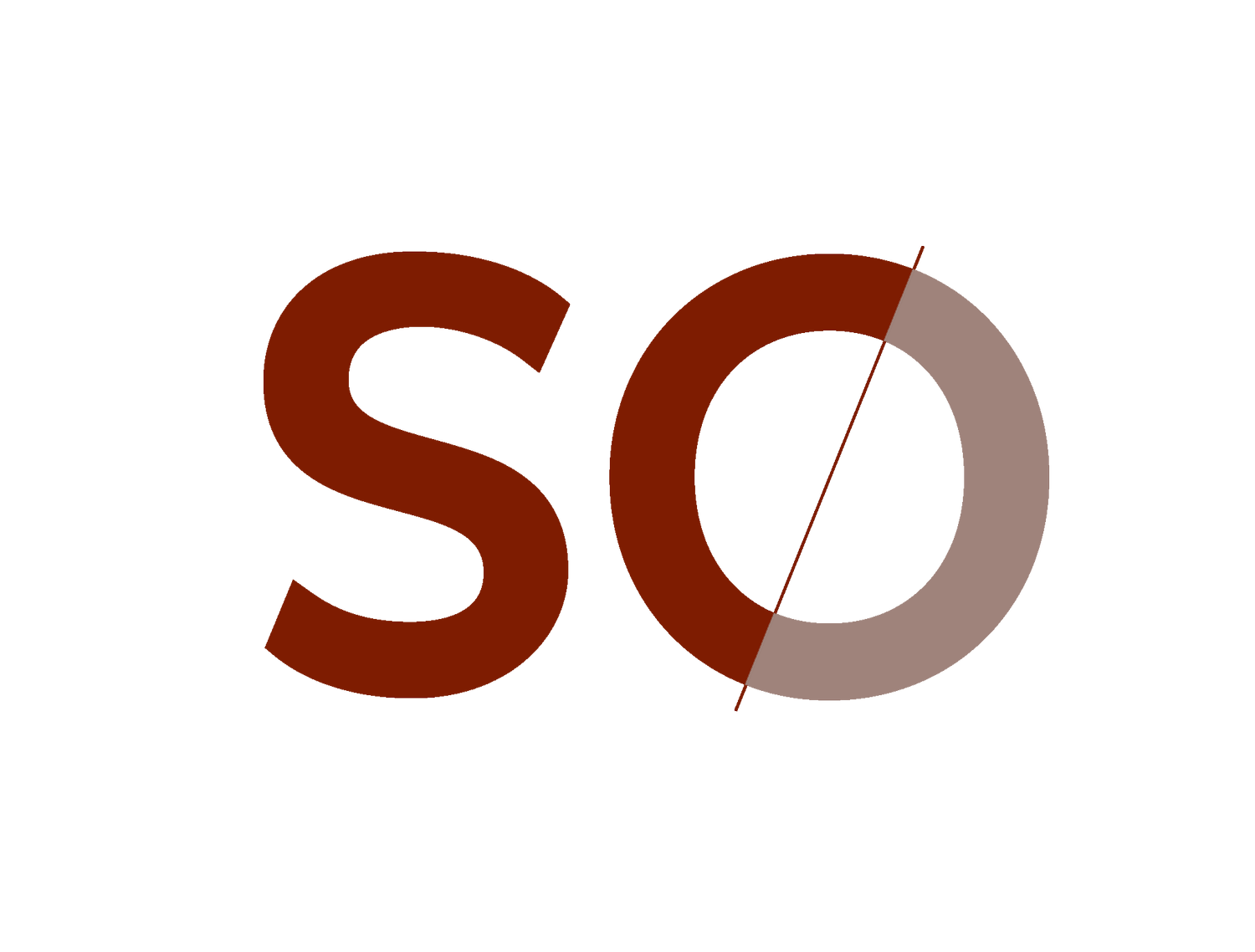ECO-HOMES – WHY DO YOU NEED ONE?
Sustainability is often the main reason for wanting an eco home but it is not the only one.
It is important to consider all the facts and for each of us the motivation to create an eco-home might be different.
Longevity of a house doesn’t only depend on durable materials or possibility to adapt to ever changing needs of your life, family and work. It also means that your home should be a worth repairing which leads us to soul–nourishing factor;
Spacious and light-flooded or cosy, socially and spatially compact should be option to contemplate when designing a new home. Very often it is a price that is a driver in making those decisions and restricts spaciousness to where it matters most. But we have to consider the fact though that even when affordable not all rooms need to be very large. Sometimes we need compaction to feel cosy, snug and secure. Small children especially are very fond of cosy nooks to ‘nest’ in.
Thermal Comfort – eco –homes are generally more comfortable thermally and resilient to weather changes or energy supply disruptions. With recent climate changes and weather being more disruptive and less reliable this becomes increasingly important.
According to the Australian Government climate change impacts in WA
Projections indicate that the annual average number of days above 35 degrees Celsius in Perth could increase from the 28 currently experienced to up to 67 days by 2070 without global action to reduce emissions. Projections also indicate an increase in the intensity and frequency of bushfires. The 2010-11 WA bushfire season was one of the most devastating and destructive in the state’s history. The bushfires in the Perth Hills in February 2011 destroyed 71 homes with a further 39 homes and other structures being damaged. An independent review of bushfire risk management in the Perth Hills area has been established.
In the north of WA there may be a decrease in the total number of cyclones, however, there is likely to be an increase in the proportion of tropical cyclones in the more intense categories. By 2030 there may be a 60 per cent increase in intensity of the most severe storms and a 140 per cent increase by 2070.
Saving Money is another objective for creating an eco-home. With electricity and gas prices being increased sharply in recent years and with predictions of the trend to continue, energy bill reduction becomes very attractive. Eco-homes are much cheaper to run.
The question is often asked: are they much more expensive to build? They sometimes are, but not always, and very often very comparable in cost to traditional build. If you compare the lifetime cost on the other hand the reduced energy bills outweigh any increased construction costs many times.
Additionally if there is a need to move before retrieving the extra spends, resale value will reflect the lower energy benefits of your home.
Healthy Home Environment is very often overlooked aspect when building new home. There have been a growing awareness in recent years of the effect building have on our health especially since Sick Building Syndrome (SBS) have been recognised in the 1980s.
According to unionsafe.org.au Poor air quality is a general stressor. It can trigger complex changes in mood and motivation and create problems in interpersonal relations.
The materials of which buildings are built, finished and furnished affect indoor air quality. They emit smells, which means they release substances to the air. Some of them are harmless and even smell nice like for example beeswax but others can be very harmful and even carcinogenic. This is then very important to use a good ventilation system and foremost natural materials where possible
